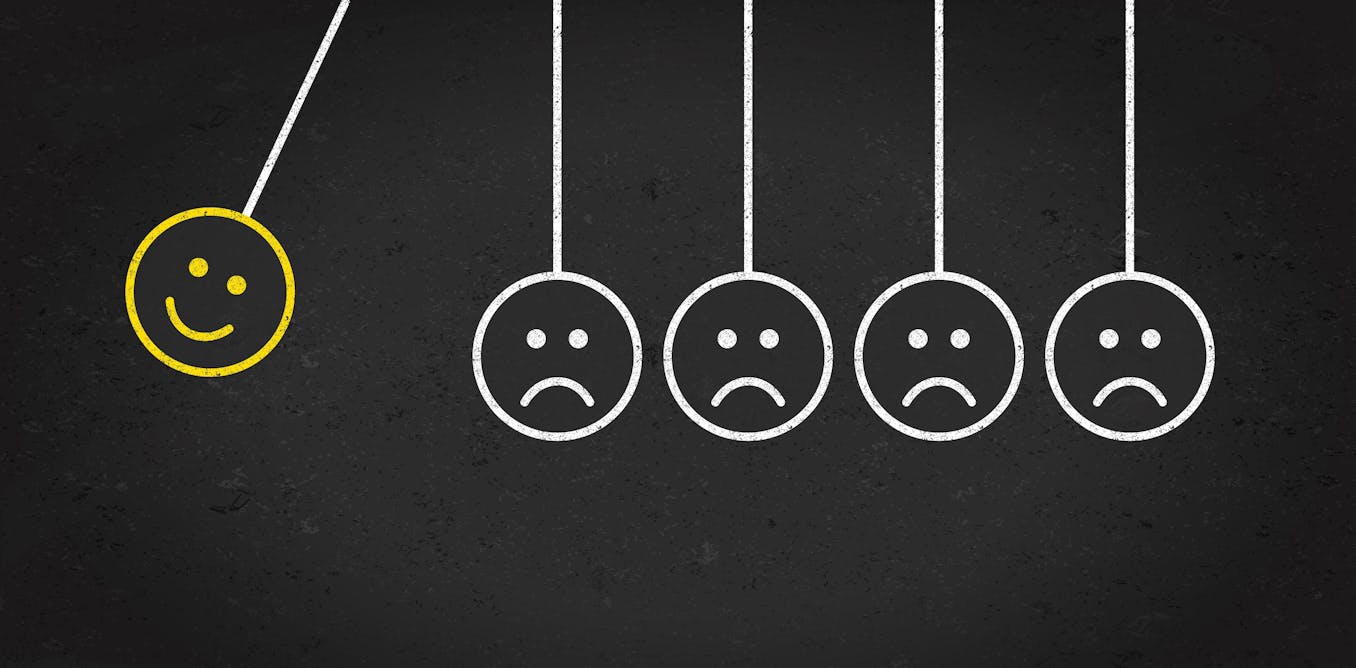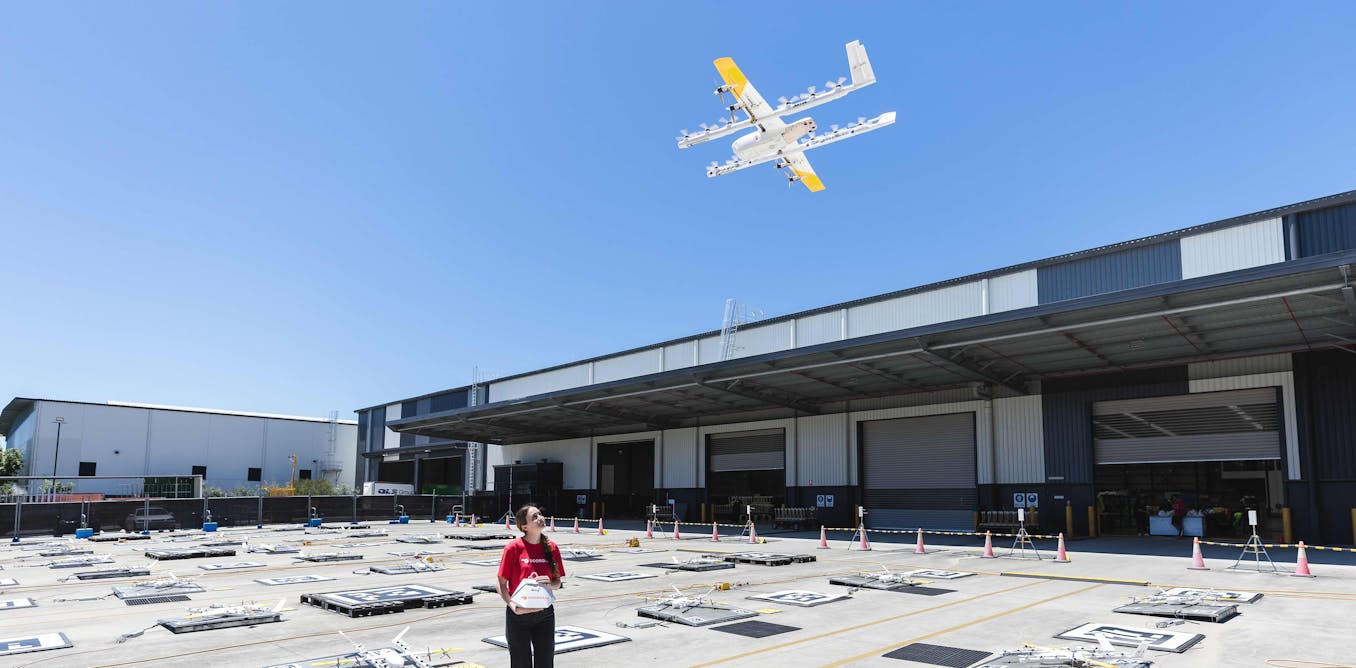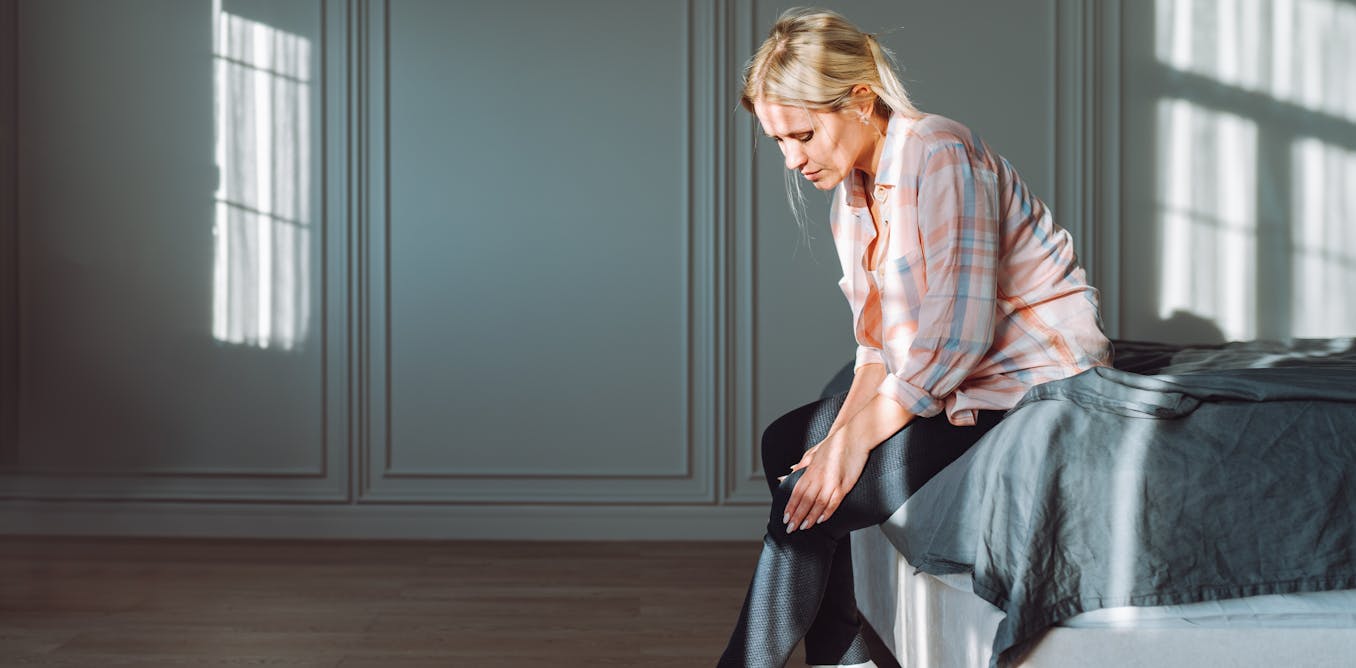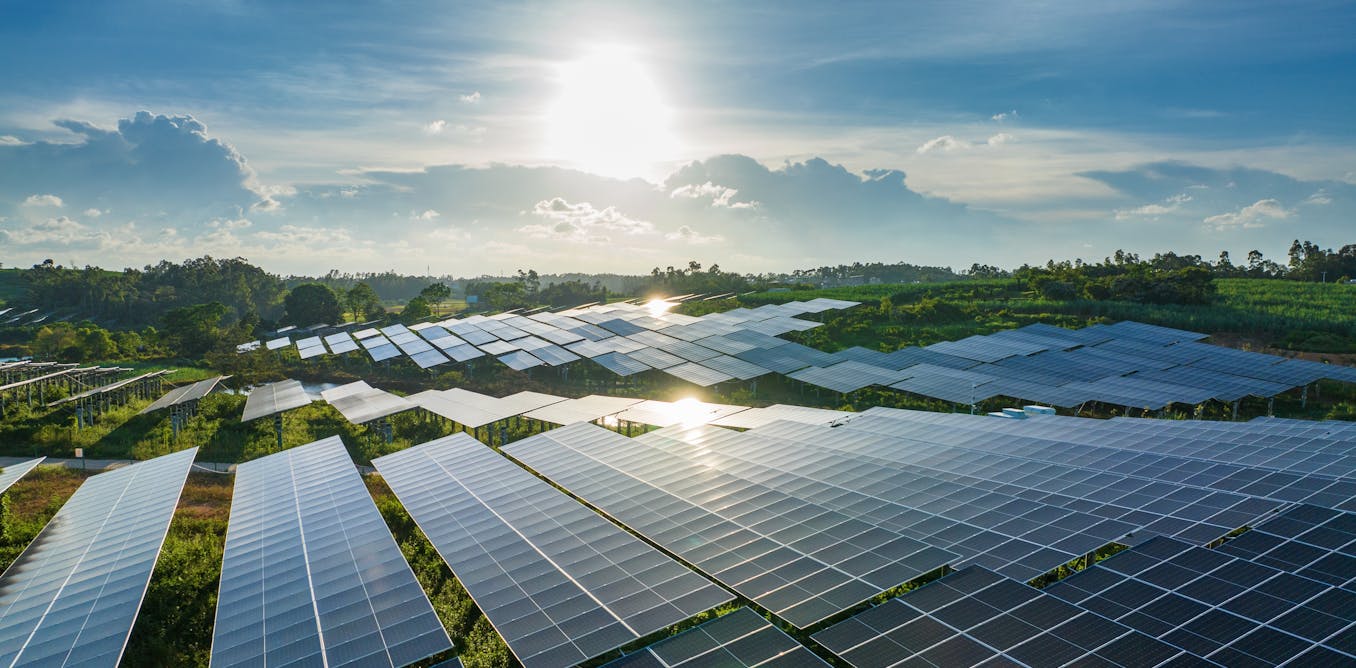Tel Aviv is one of the top three most expensive cities in the world – after Singapore and New York. The district of Jaffa is especially affluent. Here, you’ll find row upon row of hip cafés and refurbished villas. But behind the gleaming facades lurk racism and injustice.
Jaffa was once the most important port in the Middle East. But the coastal neighborhood declined after the Palestine war of 1947-1949, which left people living among the ruins. The everyday lives of residents were shaped by poverty and crime. But in recent years, city authorities launched a revitalization program for the district. Today, Jaffa is a tourist hotspot and realtors’ dream. As the film shows, Jaffa has changed so much in the past few years it’s now impossible to find an affordable place to live.
#documentary #dwdocumentary
______
DW Documentary (English): https://www.youtube.com/dwdocumentary
DW Documental (Spanish): https://www.youtube.com/dwdocumental
DW Documentary وثائقية دي دبليو (Arabic): https://www.youtube.com/dwdocarabia
DW Doku (German): https://www.youtube.com/dwdoku
DW Documentary हिन्दी (Hindi): https://www.youtube.com/dwdochindi
Jaffa, once known as the ìBride of the Sea,î was one of the major port cities in the Middle East until the 1948 Palestine War. In its aftermath, the city fell into a state of neglect, with high rates of crime, poverty, and garbage. In the last decade, Jaffa has become a popular destination
With real estate investors and tourists from all over the world. The former Flea Market is now bustling with organic shops, high-end galleries and designer stores. Yet the changes are also violently affecting the people who have been living in Jaffa for decades. Are real estate developers and the authorities aware of their responsibilities
And know how their actions affect Jaffaís residents? Jaffa is a kind of zombie city. Itís only half alive. The cityís alive and vibrant facade is hiding an underlying urban sickness. Gentrification is a process where poorer social classes within an urban area are swapped out. Like a centrally located, underprivileged neighborhood
Becomes branded as a wealthier neighborhood. When a wealthier population moves in, the neighborhood gradually changes its appearance and transforms it into a ìbetterî neighborhood. Suddenly, everythingís shiny and white, and nobody understands what has happened. We take it for granted. This happens everywhere in the very capitalist modern Western world.
It starts with a few yuppies ? young, urban professionals and grows into a steady flow. The Establishment – there is a pattern. The price of a flat in Jaffa has increased tenfold. Ten times as much. You can’t ignore that, because it affects everything.
It’s both an issue of class, which you find everywhere in the world, and a political dimension thatís unique to Jaffa. It is about Arabs against Jews. Ashkenazi versus Sephardic, rich against poor. My name is Adham. I am 26, and I am from Jaffa.
I live in Jaffa, I was born in Jaffa and I want to stay in Jaffa. My father was the kind of person you can’t live with. My mother decided after their fifth child together that she didn’t want to go on like that.
After my father went to jail, I had to take care of the family. I was in the fourth grade at the time. Of course, I had to do without some things, but it was worth it in the end. I have the most beautiful family in the world. It is my family.
The state looks at Jaffa like any other real estate shark does. It sees its huge potential in terms of construction land, buildings worth millions of shekels, and it sees the tenants as an obstacle in obtaining this diamond. It’s not that all of a sudden there are suddenly, surprisingly 500 eviction orders, demolition orders.
500 families whoíve been told your house is going to be demolished. That’s not sudden. The city and the government have a responsibility to them. Even official institutions, like the Israel Land Authority, want to take part in this party and turn a profit. Gentrification means the expropriation of the people
Who have been living here for many years. The Tenant Protection law sounds like itís there to protect the tenant, but it doesnít. It actually ensures that the rights granted to the tenant terminate as quickly as possible and revert back to the owner. That means that anyone who resides in these apartments today
Because their grandparents were protected tenants will be evicted sooner or later, so long as the law doesnít change. These issues go back to 1948, but they were never discussed at the time. Before the war, about 70,000 people lived in Jaffa. It was a crowded and vibrant city. Jaffa, with its port,
Wonderful culture, cafes, its food and its poetry, was the crËme de la crËme of the Middle East. After the war, about 3,500 residents remained in Jaffa. Meaning, 95% of the city disappeared overnight. There were fears that the abandoned buildings might be reclaimed. The current state appointed an administrator to manage the property
In the public interest. Within weeks, people were pouring into the vacant apartments. Immigrants mainly from Bulgaria, but also from the Balkans and North Africa simply moved in. The State Housing company began organizing the rentals: they went door to door and registered every family
The state imposed a military regime and decided to gather all the Arabs into a single ghetto, around Ajami, and said to them: We treat you so nicely. As a state weíre allowing you to occupy any house you want within this ghetto. A few months later, state officials knocked on their doors
And introduced themselves as representatives of the new owners, saying: As sole owners, we will sign an agreement with you, according to which you are our protected tenants. My name is Turkan Hanfa Abu Rahima. I was born in the Jabaliya neighborhood.
The day after my mother died, I got a call from the State Housing Company. They said: You need to give us the key. There’s nothing I can do. Where will I go? We got a lawyer. From the beginning, he said there’s no chance weíll stay here.
Theyíll continue postponing the trial until the children are grown up, then theyíll evict you. But I heard about people who did get homes. So he told me my case is different, because wealthy people live on this street. How can I afford the rent? I make 5,000 shekels.
Iíd need to work day and night to make, 6,500 shekels. How? Jaffa is becoming a super expensive city. There’s nowhere left to live in Jaffa. Jaffa offered me the chance to immerse myself in time, in antiquity. It’s funny how of all places Jaffa was more cosmopolitan than Tel Aviv, which was very homogeneous.
There is a great richness in the sound of church bells and the muezzin. Then, in the 1980s, the Israel Land Authority put up a pile of rubble for sale. And that was it. The rest is history. I bought the house from the ILA,
But I had to vacate the tenants that were living there. They bought three apartments for themselves and their children. So it was a choice, and they were happy that they could finally leave this place, which was corroded by the sea and the wind.
Itís not the kind of gentrification where people are suddenly kicked out of their homes because some rich guy wants to live there. Itís not gentrification, itís the free market. Thereís no such thing as ìmarket forcesî thereís population management. Market mechanisms only work well for rich white men.
An Arab house is a dream come true for every upstanding bourgeois Jew. It represents a fantasy. Through my buildings, Iíve become a brand. Here are my buildings. This is the ORO Project. The Greek Market is a project that hasnít launched yet, weíre working on it. Weíre keeping the beautiful basic structures
On the ground floor of the Greek Market, and building apartments on top. Authenticity has become an economic value. People travel to Jaffa to consume Orientalism without Arabs. It is an Orientalism on display, where hummus delivers the flavor. On a cultural level, Jaffa provides the experience
Of being in a space that is inherently Arab, without paying any price in terms of loss of privileges or exclusion. The forces working to push out the weak population on the outskirts of the city are enormous. Itís not just forces from within the municipality. Theyíre national forces, ideological forces, foreign forces.
The gentrification here is multi-layered. Most people who come to Jaffa don’t want to see Jaffa as it is, they want Jaffa the way they want to see it. So they want to kick out the Arab neighbor with the noisy house, because he has six kids.
But then why did you move in next door? The first sign of gentrification is a hipster cafÈ. Then youíll hear: But this is a community project, everyoneís invited, itís not just for us. We donít have a problem with the neighbors coming to us. Gentrification comes with the mochaccino lattes with soy milk.
The garbage bins start looking nicer. They install bollards to keep people from parking on the sidewalks. They open a kindergarten cooperative. They bring all kinds of new equipment to the parks. Youíre in shock. This park used to be full of garbage. All of a sudden itís clean.
The patrol unit starts coming at night. After 40 years of asking the bus line to serve the neighborhood without success, all of a sudden the bus passes through. You realize there used to be a population there, that nobody wanted to give any of these things to. Intentional neglect.
You block out the rubbish in the park. You whitewash things. I don’t want to whitewash anything. Let’s speak out. In the 60s and 70s, Jaffa was systematically destroyed. There was a deliberate plan to modernize. The plans brought about the demolition of 50% of the Ajami neighborhood and 70% of the Old City.
The Manshiya neighborhood was completely destroy All of a sudden, thereís sand everywhere empty plots as far as the eye can see. Wasnít there anything here before? The infrastructure was falling apart, there was nothing. You saw sewage running through the street, children walking around barefoot, homes covered in plywood.
During that time, Jaffa became an impoverished area, and the Jewish population gradually left Jaffa. When I look at my childhood, I ask myself what happened there. There was a lot of violence within public spaces, a lot of unpleasant experiences.
It was very common for us to walk down the street and see lots of junkies. Sometimes they were family or friends. Jaffa has become a human experiment. The most important Palestinian city was turned into a slum of Tel Aviv. I’ve been a political activist since my early 20s.
At 26 I was elected to the Muslim Council, and I became very involved there. I asked myself, What do I want to tell the people of Jaffa? It started with our slogan, Yaffa shetti, which means My Jaffa. Jaffa is ours: thatís my message to the Arab population in Jaffa.
We want to have a say. We want to be involved in the planning of the city. We want to help shape its public spaces. The Muslims, the Christians, the Arabs in general have nowhere to go. They canít leave and move to Bat Yam, because nobody wants them there. They need a mosque.
But they are not allowed to build them there, nor will one be built for them not in Bat Yam, nor in Holon or Rishon LeZion. The same goes for churches. They want to send their children to an after-school and kindergarten of their language and culture.
That doesnít exist anywhere else ? not today and not tomorrow For over 20 years it was impossible to make any renovations or build anything in Jaffa. There was no urban plan until the early 1990s. This meant that fast-growing families could not legally expand their homes.
The families were forced to take over the empty houses or rooms next door. We need to remember that behind these houses there are families, people, difficult situations. I naively thought that thereís room to take these things into consideration, but there wasnít. Imagine a young man who wants to get married, make a living.
A small apartment here costs 1.8 – 2 Million shekels. How could he get that much money? The person is forced to find a solution. The immediate solution is criminal activity. Imagine Jaffaís real estate problem were solved. That would reduce the tension here by 50%.
Itís important for the young people to see role models, to see an Arab man who isn’t afraid, who cares about the Arab population, who says, I want to be involved in everything related to education, everything related to how this city is built, the public space, and the issue of violence.
It’s about giving people hope. In the mid-1980s, Jaffa came back into fashion. It was rediscovered and then seized by Tel Aviv. A Jaffa Planning Team was established, which leads this process of gentrification. Doron, do you remember this building? Wonderful. Do you know what this is called? Liwan. Very good! This building was abandoned.
Moments before they demolished it. Right. That was a long time ago. 1984 or 1985. Something like that. Yes. Shamai Assif was the city engineer. He invited Sergio and me to his office. There was a big map of Tel Aviv-Jaffa behind him.
He put his hand at the bottom, without even looking where it was, and said: I need to do something In this area Someone to plan Look at this and get to work. Thatís how the Jaffa team was established. Over time, we found plans to clear out Ajami
And I interpreted that as a desire to clear the local Arab population out of here, and to build what was known back then as “luxury residences,î which are high-rises like in northern Tel Aviv. So they were pursuing two agendas: making a lot of money from real estate and driving out the local population.
When I arrived in Ajami, I fell madly in love with this place and I loved these buildings, and we were desperate to scrap the plan in order to preserve Ajami. We often found ourselves standing in front of bulldozers to stop them. Doron told me that the very idea that we’re here
As municipality representatives isn’t good news for the area. The old plans we encountered said “demolish” and the plans we created said “stop.” Preserve the existing buildings. The truth is, I didn’t believe we’d be able to bring people to Ajami. People were fleeing the area and looking down on it.
We said to ourselves: It’s not so bad if a new Jewish population moves here. There will always be co-existence, and things will always be good. After 44 years, the city passes a master plan that says we’re going to preserve the atmosphere, the village-like quality and homes can be no more than four stories.
There was the sense that this was going to bring a beautiful Greek village, spilling down to the sea and preserve everybody’s quality of life. But in fact, what happens when you can only build four stories high and in front of you is a brand-new beautiful park? Those houses are unbelievably expensive,
And the value of the land soars. Most of the people didn’t understand the fragility of their status, that’s why a considerable group of them didn’t play the real estate game. The ones who did understand the real estate game and its power were the developers who came from the outside
And they started cooperating with public institutions. All of a sudden, you find these ads that say Home being sold with residents inside. The protected tenants are living in houses with a lot of potential for developers to invest in and they’ll be willing to pay millions for them, just for the rotten walls.
On the other hand, they have the tenant who lives there, who pays around 100 shekels a month in rent. That’s expensive property and the tenants hardly pay anything. If the state can maximize profits, then why not? The Israel Land Authority expects the properties to be maintained and sold.
The State Housing Company needs to finance all of it, and it needs to continue selling properties so it can go on existing. If you work at a bank, you have to make X number of loans a day. Here you have to carry out X number of evictions,
X number of collections, X number of legal proceedings, and you need to meet the se goals. An employee who meets the goals or even surpasses them receives premiums for this outstanding work. That’s how it works. When people who live in an apartment are sold along with the apartment,
It doesnít matter who ultimately initiated the transfer. The ones paying the price are the residents of Jaffa, and itís usually the Arab residents. What matters is how we handle it. I donít want us to accept the fact that weíre victims and let the Jewish population decide whether weíre victims or not.
Why should I let the other side decide for me? The municipality is very big. Itís not just the mayor, or the CEO, itís many people. but as the Arab population itís our job to know how to navigate all that and help our population as much as we can.
We have countless struggles ahead of us. I want to get married. There are a million things I could do with my life, but Iím stuck worrying about them, with what theyíre going to do. I can already see it, the police come, they go into momís house, they say: You need to leave. Now!
Even when Iím at work, I think about that day. Most municipalities invest money in a neighborhood or improve the appearance of the city, because they know they can bring, I hate this term, an ìaffluent populationî. In 1985, the Jaffa Team talked about ìstrengthening the population.î But which population were they actually talking about?
Thereís no doubt, even to the planners themselves, that the population will be a well-to-do Jewish population. Since the city is involved in the change, and is often the instigator of change, cities need to be aware of how to manage the change,
And it needs to start from who are the most disadvantaged people there and make sure we protect them. In order to prevent the pressures of gentrification, you need to go to great efforts, often depending on artificial means. Today we would’ve handled the process more wisely.
First, we’d make sure to transfer ownership over to the local residents. The smart thing, the right thing for the city to have done, would have been to say weíre going house to house and telling residents that they should buy their homes. We’re setting up a loan fund, to give them a loan
To be able to purchase it and we’re going to purchase it with them, so that when they redevelop it, or we’re going to help them redevelop it, we take all the profit from the redevelopment and we put it into a loan fund for affordable housing for Arabs in Jaffa,
Because otherwise they’re going to be displaced. Where do you see yourself 10 years from now? Thatís the problem: I donít see myself 10 years from now. Itís not going to get better, only worse. The good days are over Weíve become an entire population of lawbreakers even though weíre living in our apartments.
Thereíll be none of us left. One of the biggest issues of gentrification is the pace, how fast it is happening. And I think that what we’ve seen here in Jaffa, is the incredibly rapid pace of displacement of very low income people and influx of huge amounts of wealth.
But ultimately, when it’ll have all those beautiful things, like an amazing park, an amazing school, amazing bike paths, lots of small cafes, bakeries, shops, a health food store, a pet shop, everything will be amazing, the neighborhood will look perfect, none of the old neighbors will be there to enjoy it.
It will be completely “clean.” Years later, an old person will drive by with their grandchildren and say, We lived here on this street, but you can’t see the house because they built over it.
Video “Jaffa – tourist hotspot and realtors‘ dream | DW Documentary” was uploaded on 04/26/2023 by DW Documentary Youtube channel.







































